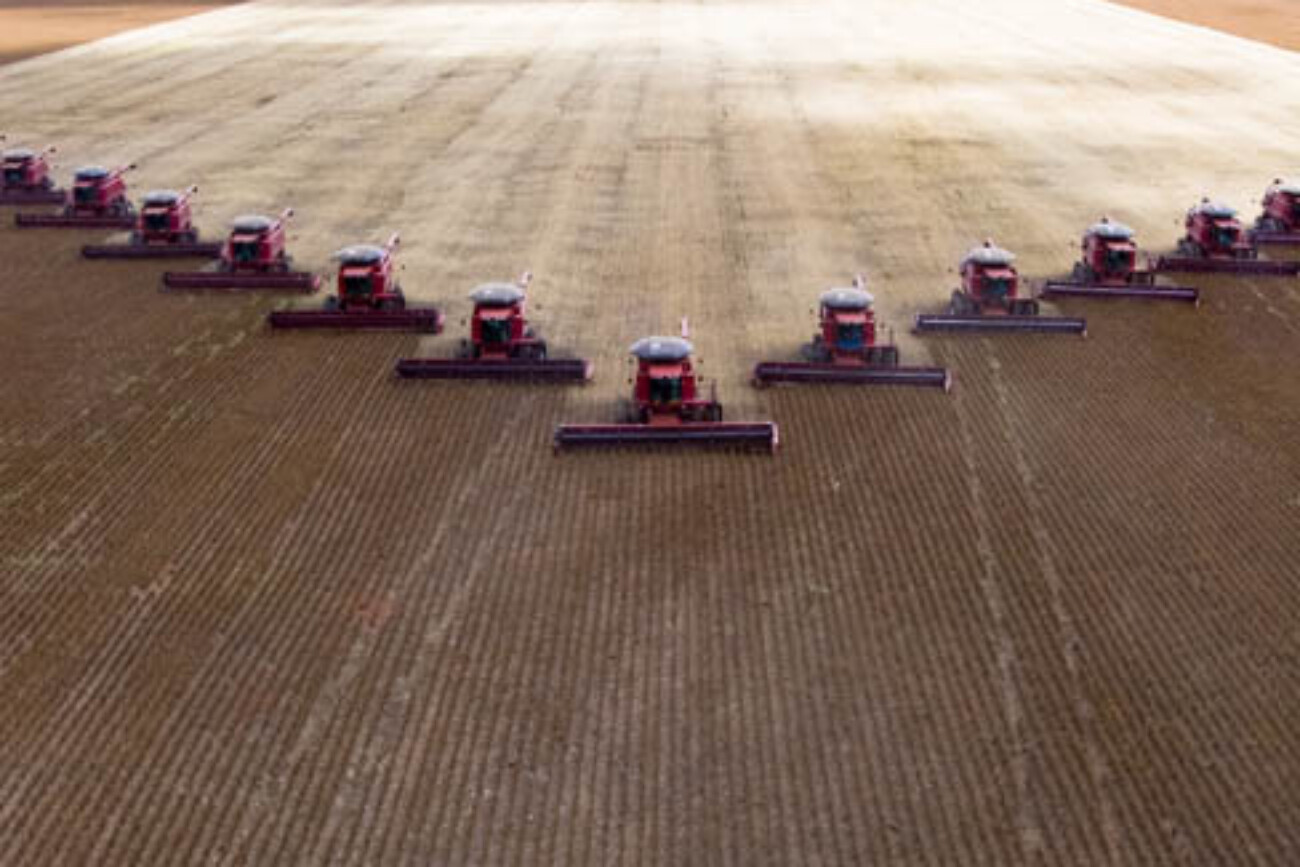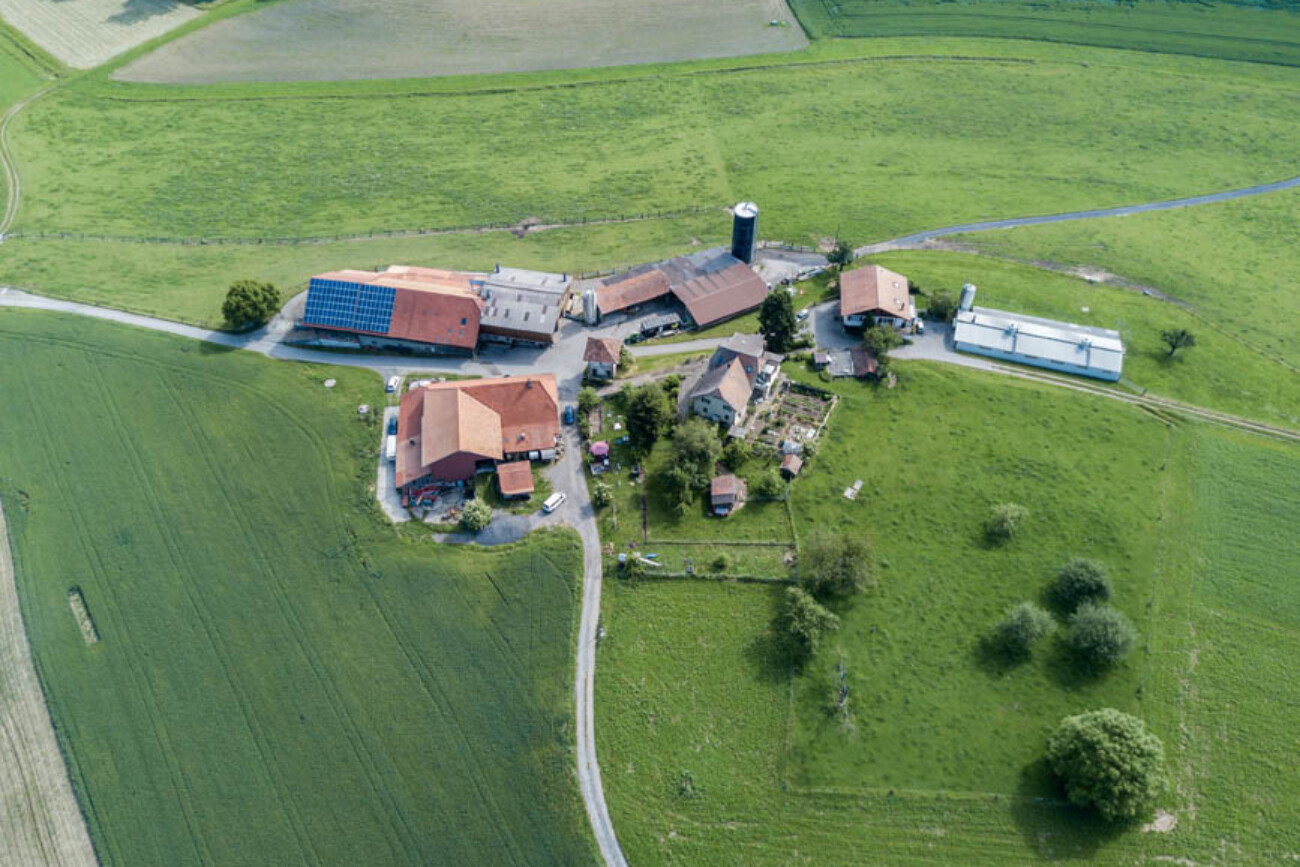Global Macro
As the Federal Reserve desperately tries to dig a deeper hole, the market has decided to ignore it for the most part and continue acting as if the inevitable pivot is coming. That 10-year yields are not anywhere close to their recent high is testament to the sheer volume of cash and the loss of credibility in the Fed. To have your cake and eat it is not a solid plan.
Meanwhile, war with China continues to be a fundamental theme as balloons are flying high over the US and Canadian airspace. Even China is now accusing the US of the same. It’s so hard to decide who is lying when diplomats talk. Apparently fighting a proxy war in Ukraine isn’t enough for some people, they want a full on two-front war with both Russia and China. Certainly, from our experience in accepting offtakes for our trades, China is stockpiling every conceivable crop. The portents of that are not good.
…governments become irrational
at times of stress…
Russia doesn’t seem to be folding under the sanctions either, rather it is initiating multiple levels of damage control thru a series of bi lateral payment systems. The Saudis are no longer demanding US dollars for payment for example. The cumulative effect of all this is still to be seen but as commodity financiers, we live in the secure belief that we hold collateral that will outlast fiat valuations and are neatly positively correlated to inflation. It is also our view is that this conflict will outlast public interest in the West.
The US Dollar may have recently swooned from its highs but the blowback on EM currency devaluations has not slowed. Nigeria, Malawi, and Pakistan are next in line to follow the Argentines and Turks. US Dollar reserves in multiple jurisdictions are becoming an issue and we are worried about dollarization policies in some of these jurisdictions. Export Finance may or may not allow investors to get repaid outside of a problem country, but we take the view that governments become irrational at times of stress and therefore to exclude investment in any country that has FX reserves under 8 months of import cover. Reading and interpreting central bank balance sheets at this time is key. If your trade finance partner cannot do that, you are talking to the wrong one.
Agricultural Commodities
Prices of key agri-commodities have not had drastic volatility and remain at palatable levels, soybean though has steadily risen, in line with our thesis on biodiesel demand. In November 2022 we wrote, “The US has already begun incentivizing production of soybean into biodiesel, which serves two purposes. First, it shall provide an alternative source of energy, which also acts as a political checkbox for climate activism. Second, it will keep more soybeans inside of the US going forward, a key input that can act as food, feed meal for animals, and energy alike.” Three months later and the constrained supply and higher demand for soy has seen prices steadily rise. With the Brazilian soybean harvest underway and expectations of a record crop, we would imagine that prices for the next few months should remain subdued. Beyond that, when the US harvest would typically enter the market, intensified supply issues may arise.
Brazil’s national statistics agency is predicting that the country’s grain production will surpass it entire storage capacity. That is, 189.5 million tons harvested, relative to static storage capacity of 187.9 tons. This will be a strained year for logistics in the country, which can get bottlenecked at the height of the season, especially in areas of high production. Although there may be acute risks, we do not anticipate any wide disruption. Storage facilities in key locations will often turn grains more than a few times throughout the year, but it is abundantly clear where long-term capital expenditures could be made for reliable returns.
The investment skew will be towards
reducing external reliance on parties that are not certain allies,
while also accommodating for a greener planet
Speaking of logistics, in its latest earnings call, Maersk echoed our opinion that supply chains need to be redrawn. Shippers have just come off the tail-end of a windfall as the pandemic interrupted supply chains that threw freight prices into a parabolic upwards trend. Going forward competition will be fierce again, and strong operators will need to adjust in order to survive. The trend to make adjustments to supply chains has also included a green element, and in shipping this has been through the purchase of methanol-fueled ships. Big shippers, like Maersk, will also travel further upstream to lock in supplies of methanol itself, a new efficient non-fossil fuel.
We spoke about fertilizer in last month’s letter, and this sector is also using the opportunity to shift its production and supply chain to solve for new bottlenecks and become more green simultaneously. Yara, the world’s largest fertilizer producer is looking into green hydrogen for nitrogen extraction processes, which are necessary to produce fertilizer. In an interview with the FT, Yara’s CEO points towards needed incentives from the EU, similar to those of the US in order to facilitate this type of investment. Our view is that it will come, for it reduces the region’s reliance on natural gas, most of which comes from Russia, and helps achieve environmental objectives.
As the dust settles from three years of unexpected turbulence, we believe real investment across multiple supply chains will become very strong. The skew will be towards reducing external reliance on parties that are not certain allies, while also accommodating for a greener planet. This pitch will work well across the North Atlantic, and will permeate into emerging markets quickly.
Nord45Partners ©2022


